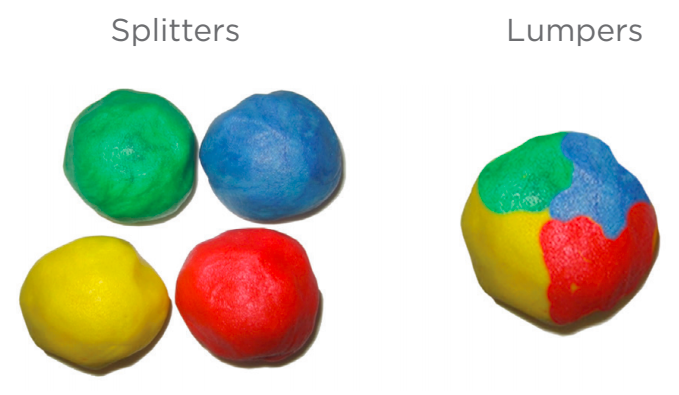System Dynamics ≠ Systems Thinking
Recent discussion prompted by the query "What is systems thinking?" has motivated me to write this blog, in part because there is no simple, widely agreed upon answer to this important question. Especially in the United States, when new people come to systems thinking (ST), there's a high probability that their introduction will be to System Dynamics (SD).
What SD and Peter Senge did for the systems thinking community is very important. They put ST on the map. They popularized it. But every action has some unintended consequences. Today, if you chuck a rock and hit a systems thinker, odds are they'll have adopted the idea that System Dynamics = Systems Thinking. The truth is, System Dynamics ≠ Systems Thinking any more than hammering nails is the same as carpentry.
We currently work with a number of Systems Engineering departments as well as system dynamicists and what we have found time and time again is that while SD is a powerful tool for modeling certain types of systems, it is not appropriate for all systems. In addition, even if the SD tool is a good fit for the system being studied, students of SD often can create viable looking models that don't pass the smell test--something akin to building a beautiful looking chair that collapses when you sit on it.
In other words, they have the skills required to use the tool, but they lack the deeper carpentry (i.e., thinking) skills to use the tool in an expert way. DSRP[1] offers hope for these students because it develops the universal skills that increase one's ability to model better systems using SD or whatever tool best suits the job. In fact, at West Point's systems engineering program, students learning system dynamics first learn DSRP in order to develop better SD and other systems models.
My view is that SD (especially in the United States) has been a dominant personality in the ST landscape and it has been my work to put it in a wider context that includes a lot of very powerful systems methods and ideas. SD is a powerful framework (developed by Jay Forrester at MIT, the lab from which came notables like Peter Senge and Donella Meadows) that has excellent applications, but it is not a valid answer to the question, "What is systems thinking?"
My recommendation is that individuals interested in understanding the full breadth of ST read an academic work such as Gerald Midgley's edited, 4-volume, Systems Thinking[1:1] or take a look at François' Encyclopedia on Systems and Cybernetics.[1:2] Reading these sources will introduce you to some important systems thinking approaches and methods outside of SD, such as soft systems methodology (SSM), critical systems thinking (CST), complex adaptive systems (CAS), cybernetics, general systems theory (GST) or the ecological model of human development. But of course, few of us have time to read the immense ST literature. This is why Laura and I wrote STMS,[1:3] so that people could spend more time doing ST and less time bushwhacking through the jungle of academic literature.
This is just one of the "Sacred Cows" of Systems Thinking. Click the link to see all all sacred cows and their scientifically valid replacements.



